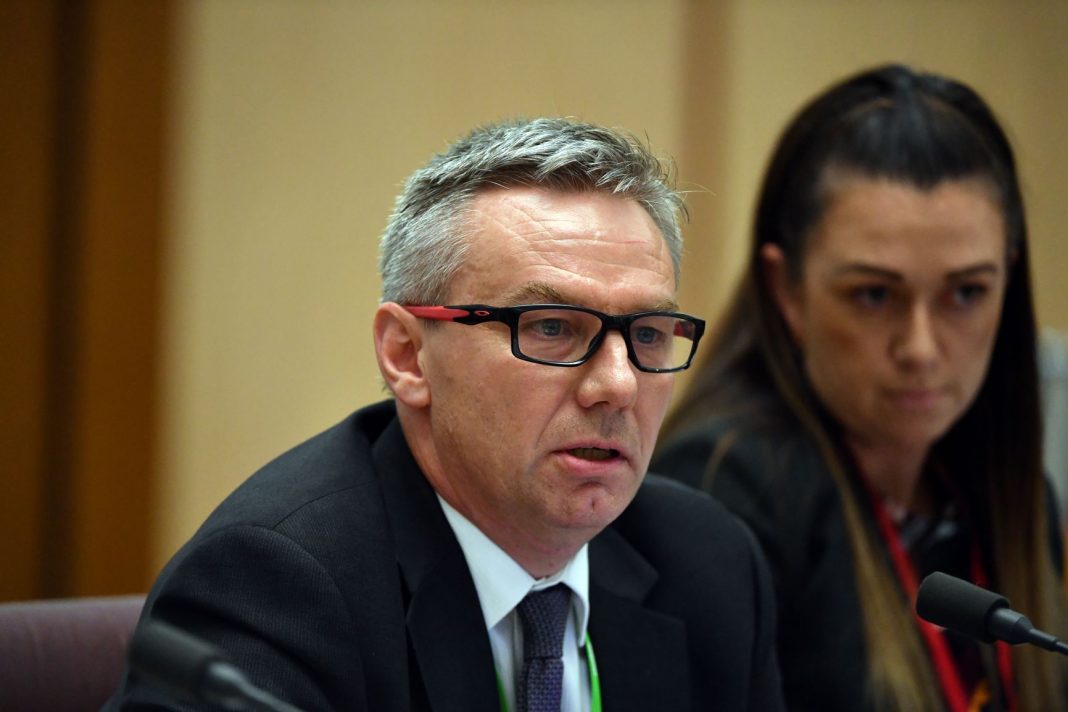A hit list of the federal government’s top 20 marginal seats guided its $660 million project to build car parks at suburban train stations.
It allocated money to electorates before projects were finalised, the Australian National Audit Office on Monday told a Senate hearing.
Treasury pushed for an open and competitive tender but the infrastructure department rejected this approach, senior ANAO official Brian Boyd said.
He also said the office of then-urban infrastructure minister Alan Tudge started with a list of “top 20 marginals” to be canvassed for funding.
This approach was used for the coalition government’s broader multi-billion dollar Urban Congestion Fund, Mr Boyd said.
Targeted electorates were asked to put forward projects for funding in the lead up to the 2019 election.
The same staff in the prime minister’s office linked to the so-called sports rorts saga also canvassed marginal seats for car park funding.
“To some extent, it appeared there was almost like there was a menu,” Mr Boyd said.
“It was ‘there’ll be $15 million for an extra X spaces at this location’.
“It was more a matter of electorate dollar amount with the project or projects to receive that dollar amount being ‘to be determined’.”
One of the electorates canvassed for a car park didn’t have a railway station in it.
All the projects ultimately chosen had a railway station or line within their boundaries.
Treasurer Josh Frydenberg suggested four sites in his electorate in Melbourne.
Fellow frontbencher Angus Taylor proposed two sites that were in seats neighbouring his NSW electorate of Hume.
Mr Boyd said after current Urban Infrastructure Minister Paul Fletcher took on the portfolio, he became concerned project costs were much higher compared to when they were first approved.
In some cases, the cost was higher even though fewer car parks than initially announced were to be built.
So far, two announced projects have been scrapped and 11 don’t yet have anyone to deliver them.
Fronting the media in Perth, Liberal frontbencher Linda Reynolds said public money was spent in accordance with guidelines and done transparently.
“I do reject that it was just favouring coalition (seats),” she said.
“There were many Labor-held towns and regions that were also at the benefit of that.”
An ANAO report released last month found none of the 47 sites promised at the last election were selected by the infrastructure department.
Just two out of 44 selected for funding had been built by the end of March.
Nearly two-thirds of the sites selected were in Melbourne, despite Sydney being identified as having the most congested roads in the country.
Of the sites, 77 per cent were in coalition-held seats.
AAP
Read more:



